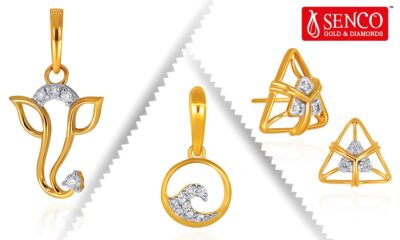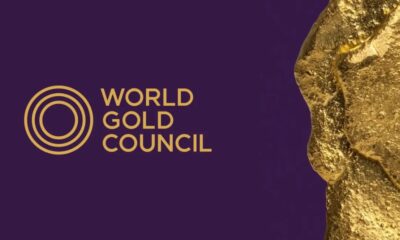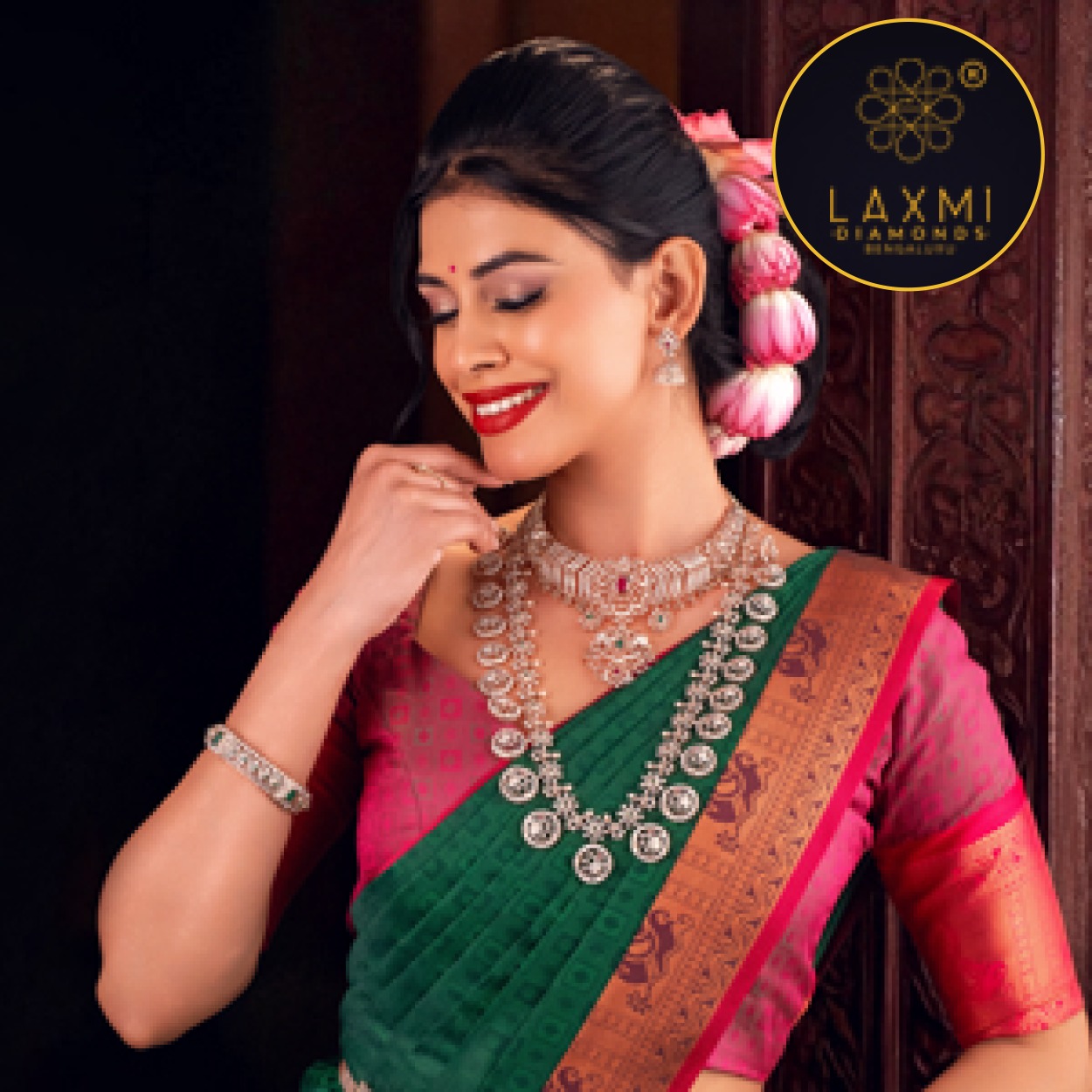JB Insights
Shringar- House of Mangalsutra Collaborates with IIGJ to launch a national-level design competition

Shringar House of Mangalsutra is proud to announce its strategic partnership with the Indian Institute of Gems & Jewellery (IIGJ). The collaboration includes the signing of a Memorandum of Understanding (MoU) to host a national-level design competition for IIGJ students.
This initiative aims to encourage creativity among budding jewellery designers while preserving and evolving the art of mangalsutra design. It provides students with a platform to showcase their skills and gain recognition from industry leaders.
The winners from both categories will not only gain recognition but also have their designs manufactured in Shringar factory, ensuring the designs are brought to life with highest quality standards.
JB Insights
WGC REPORT :Portfolio resiliency-Gold’s role amid economic crosscurrents

Since the publication of our Why gold in 2025? A cross-asset perspective report earlier this year, much has happened on the policy front and in the broader economy. Uncertainties and vulnerabilities remain across geopolitical, fiscal, and trade domains. Investors are particularly concerned about growth and inflation, creating a challenging situation for policymakers as the dual policy goals of the Federal Reserve are in direct conflict. With persistent fears of stagflation, gold has once again stepped into the spotlight, rising more than 50% this year.1 Importantly, the core reasons for considering alternative assets such as gold, as outlined in our May report, remain largely unchanged.
First, equities appear complacent. US equities have posted remarkable gains in recent months, reigniting concerns about valuation excess and concentration risk. Indeed, investors face a market that feels euphoric on the surface but remains fragile underneath. Should economic pressures mount , investors may increasingly seek refuge in safe-haven assets, with gold standing out as a historically resilient option, as outlined in our mid-year outlook.
Second, bond markets remain uncertain. The Fed officially resumed its easing cycle in September, cutting the federal funds rate by 25 basis points in response to a cooling labour market (Chart 1) – an action widely anticipated by markets. However, US long-term yields could face renewed upward pressure if tariffs and reshoring efforts drive domestic costs higher, complicating the Fed’s inflation target. At the same time, long-term treasuries remain exposed to concerns over the Federal Reserve’s independence and the US government’s sizeable fiscal funding needs.
Against this backdrop, gold’s appeal as a hedge against both equity and bond market instability is growing – though risks exist. As we discussed in our recent blog, gold’s rapid ascent could prompt rebalancing and profit taking. For example, from a technical standpoint, the monthly Relative Strength Index (RSI) is above 90 and gold is sitting more than 20% above its 200-day moving average. These factors could lead to short-term reversals. In addition, the sharp increase in the gold price could dampen consumer demand while global trade normalisation and a pick-up in GDP growth could revive risk appetite further.
In summary, maintaining a diversified approach and remaining vigilant to shifting market dynamics is essential. Amidst a growing investor base, secular US dollar weakness and continued geoeconomic uncertainty, gold’s enduring resilience and diversification benefits remain as relevant as ever.
-

 National News1 week ago
National News1 week agoSenco Gold & Diamonds launches affordable 9k gold jewellery starting under ₹7,000, a Game-changer amid fluctuating gold prices this Dhanteras
-

 National News1 hour ago
National News1 hour agoGold loan NBFC stocks face pressure as gold prices decline
-

 JB Insights2 weeks ago
JB Insights2 weeks agoJewellery continues to play a dual role — fulfilling cultural needs and serving as a financial asset
-

 New Premises3 hours ago
New Premises3 hours agoGlow by Kirtilals Expands Footprint with Grand Opening of New Showroom on MG Road, Vijayawada









